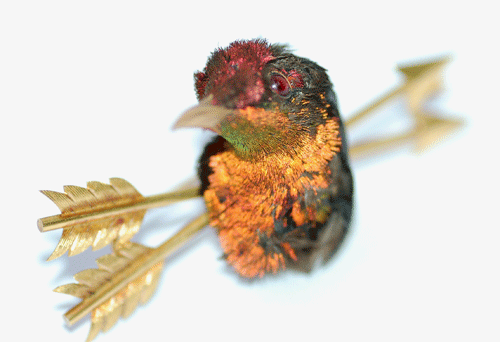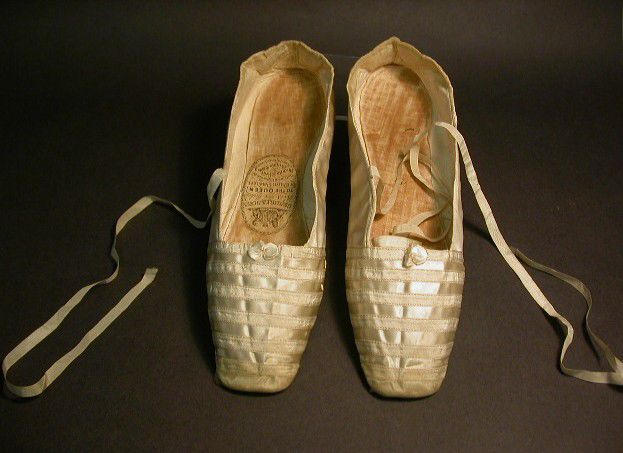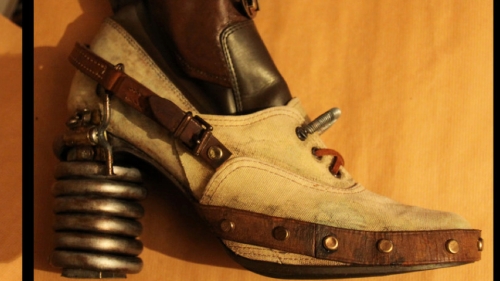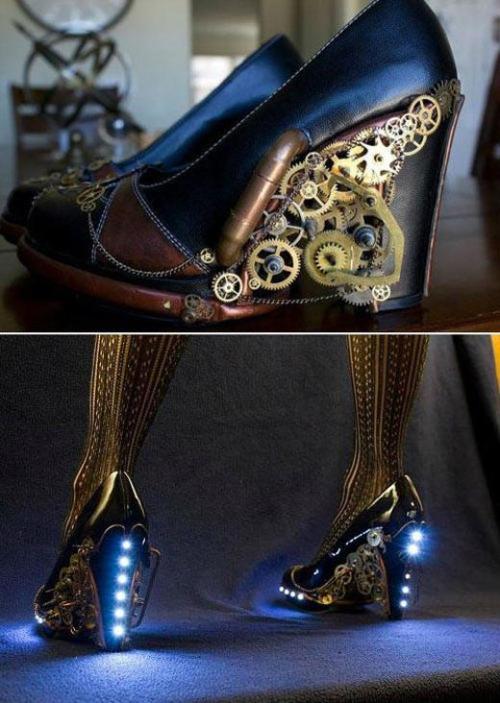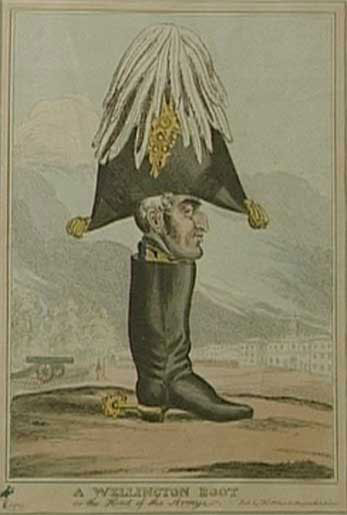
The Victorian-era fashionable beauty wanted to have flawless white skin with no freckles, birthmarks, scars, blotches, or redness. To this end, she would dust on rice powder, zinc oxide or, the most expensive option, pearl powder. The commercially available European pearl powder was a mixture of chloride of bismuth – bismuth oxychloride – and French chalk – French chalk is also known as talcum powder. In Asia, pearl powder was a preparation of crushed freshwater pearls used for skin care and in traditional Chinese medicine.

Bismuth oxychloride is sometimes used in modern cosmetics, as a pigment in paint for eye shadows, hair sprays and nail polishes. This compound in crystaline form contains layers of molecules that refract light chromatically, resulting in an iridescent appearance similar to nacre of pearl, hence the name ‘pearl powder’. Bismuth is less toxic than lead and other heavy metals, but its long term use will eventually see a build up of bismuth in the kidneys. Bismuth poisoning can occur and mostly affects the kidney, liver, and bladder.

Talc, from which talcum powder is made.
Recent studies have linked talcum powder to respiratory diseases and ovarian cancer, but as talcum powder is used in many industries and not just the cosmetic industry, there is yet for case to made that its use in pearl powder was endangering the health of its users. The evidence is inconclusive that using talcum powder causes ovarian cancer in adult women. So European pearl powder was a healthier option than the use of arsenic to whiten skin, but could still have a negative impact on the long-term user’s health.
Asian pearl powder, because pearls are made primarily of calcium carbonate, is mainly calcium carbonate contaminated with traces of minerals and organic elements. This means that this pearl powder is completely safe to use. It was expensive, but it was also the best quality of the ‘pearl powder’ available for cosmetic use.

Pearl Powders, for the Complexion:
1. Take pearl or bismuth white, and French chalk, equal parts. Reduce them to a fine powder, and sift through lawn.
2. Take 1 pound white bismuth, 1 ounce starch powder, and 1 ounce orrispowder; mix and sift them through lawn. Add a drop of attar of roses or neroli.Pearl White: Take nitrate of bismuth in solution, and add it to a dilute solution of chloride of sodium until the whole of the bismuth is precipitated; collect, wash, and dry the powder with great care.
By a Practical Chemist, member of several scientific societies, London: John Churchill, Princes Street, Soho, 1841.
(Original excerpt from the Kate Tattersall Adventures website.)
Personally, I’d rather wear a string of pearls than pearl powder.









